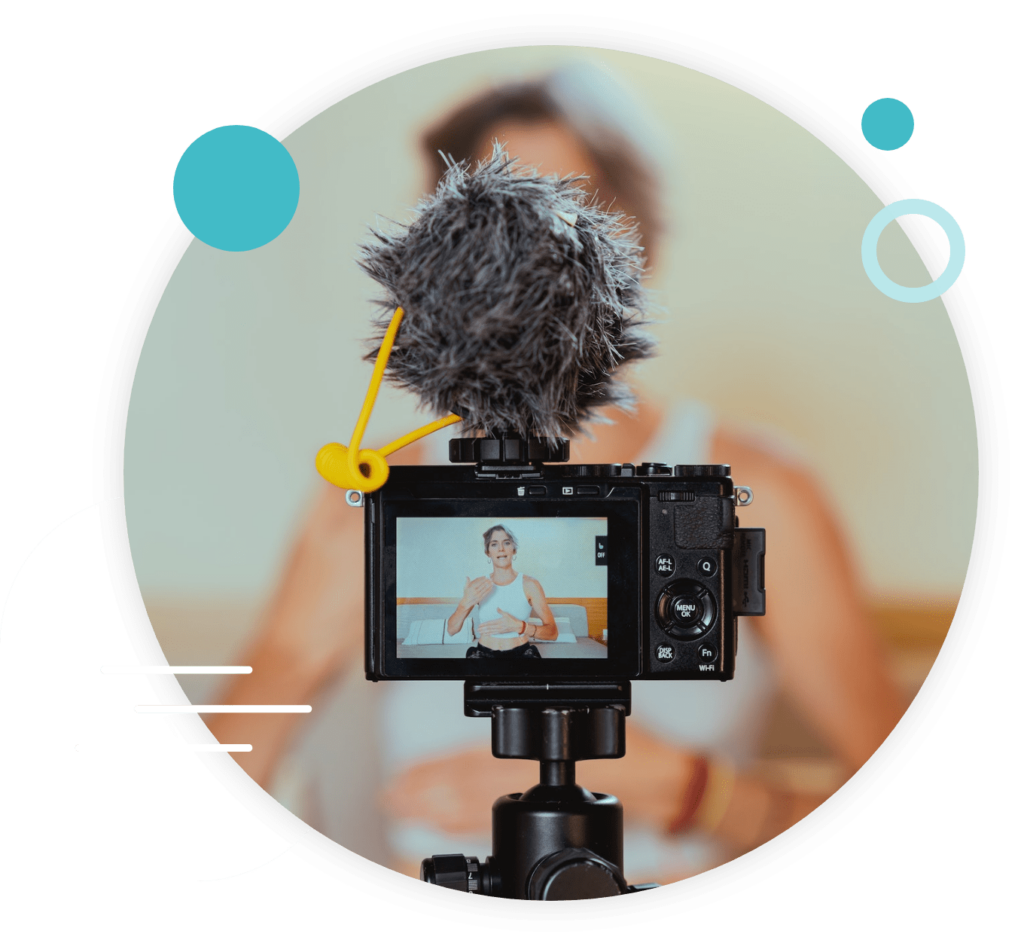Mindset/Personal Development
“Talk less and ask more. Your advice is not as good as you think it is.”
– Michael Bungay Stanier
The Difference Between Coaching and Feedback
- Feedback is backward-looking and corrective. It doesn’t allow for exploration or possibility.
- Coaching is preparative. It involves less telling and more questioning.
For a manager to become an effective coach they need to build new habits. To begin with, it will be unnatural and difficult to ask rather than tell.
Coaching should be a daily, informal act, not an occasional, formal “It’s Coaching Time!” event.
The Kickstart Question: “What’s on your mind?”
This question is open enough that it grants your team or a member autonomy to guide the conversation whichever way they’d like, while also being focused on cutting right to the chase and getting after what matters most to them.
Once they’ve shared what’s on their mind, simply say, “So, there are three sides of [insert problem] that we can look at here — people, project, or patterns. Where do you want to start?”
The AWE Question: “And what else?”
The first answer someone gives you is almost never the only answer, and it’s rarely the best answer. Ask this question more than once, at least 3 times. “As a general rule, people ask this question too few times rather than too many,” Stanier says.
This question slows you down and holds you back from giving advice too soon. Too many leaders are quick to jump into problem-solving mode, when you can gather as many variables as you can.
While it might feel helpful to you in the moment to give a quick solution, it doesn’t teach your team members how to solve problems for themselves.
The Focus Question:
“What’s the real challenge here for you?”
When we jump into problem-solving before we have a complete understanding of the issue from the employee’s point of view, we tend to solve the part of the problem that we assume they are struggling with which may or may not be accurate.
By asking this question, you’ll get a clear picture of the precise element that your team member is struggling with. Now, you’re ready to help them explore their options to achieve better outcomes.
Written and contributed by Ric Zarate
___
If you want to read more about this, check out:
‘The Coaching Habit’ by Michael Bungay Stanier




